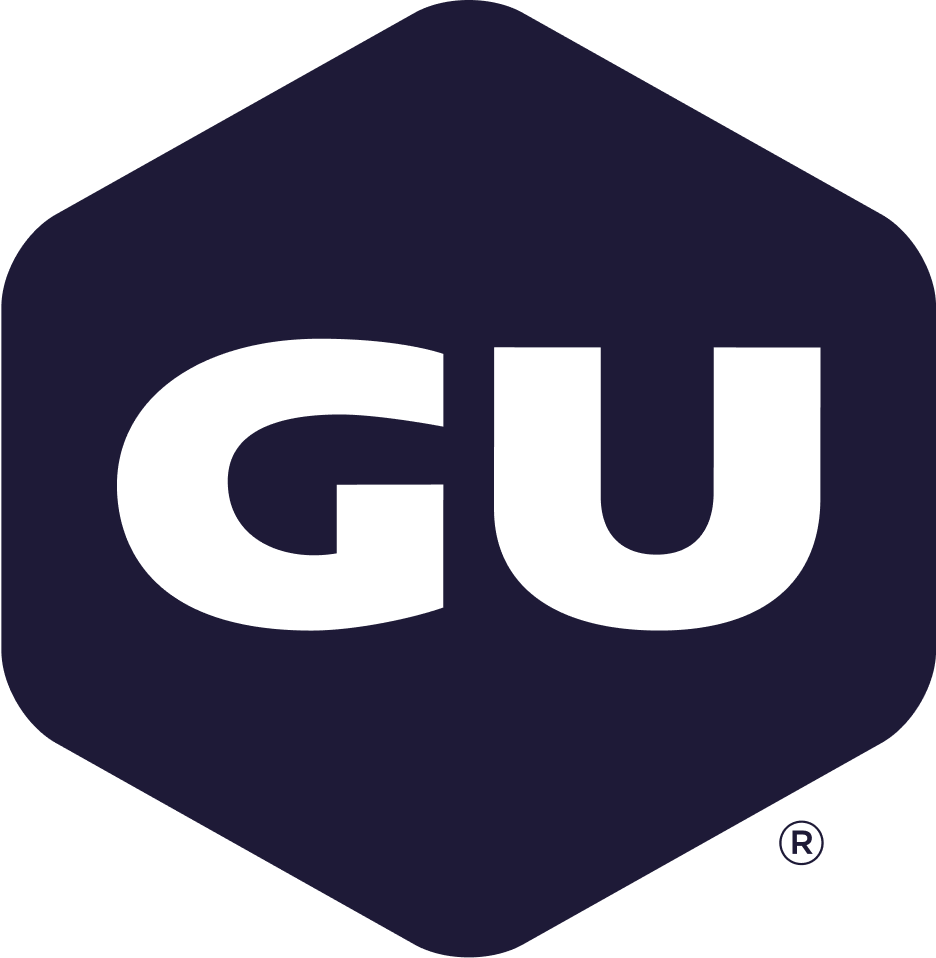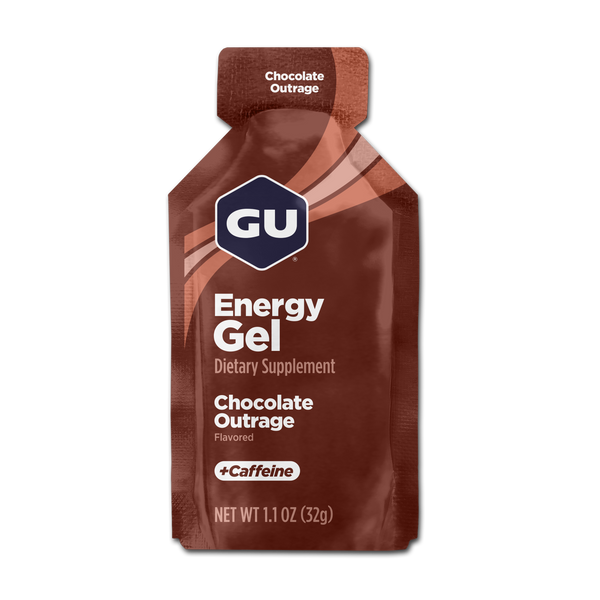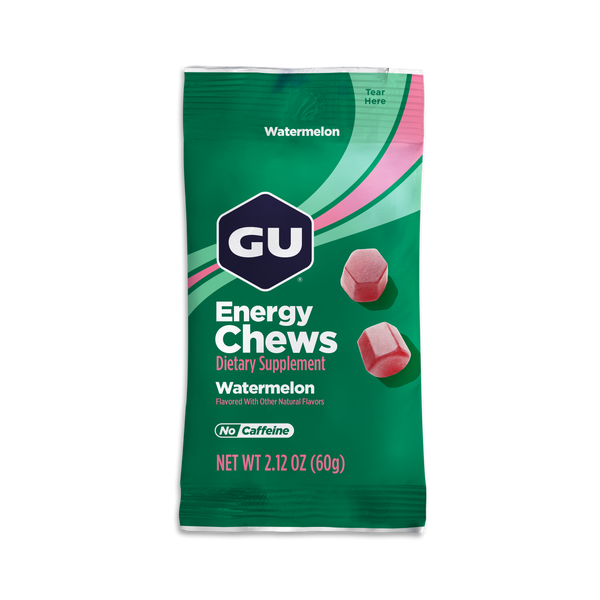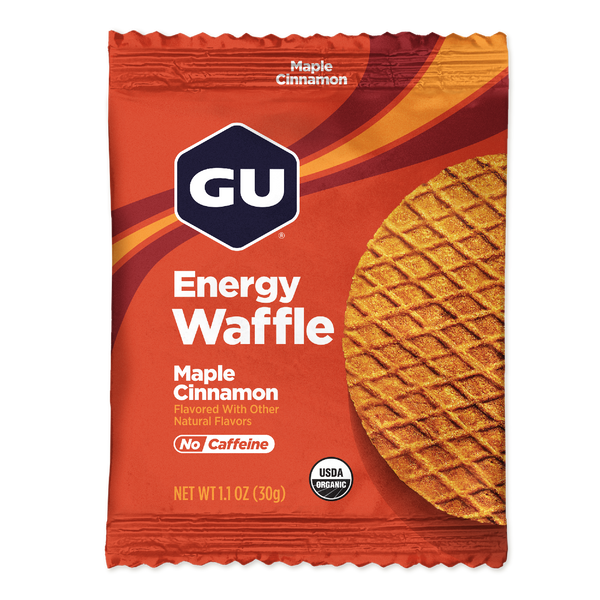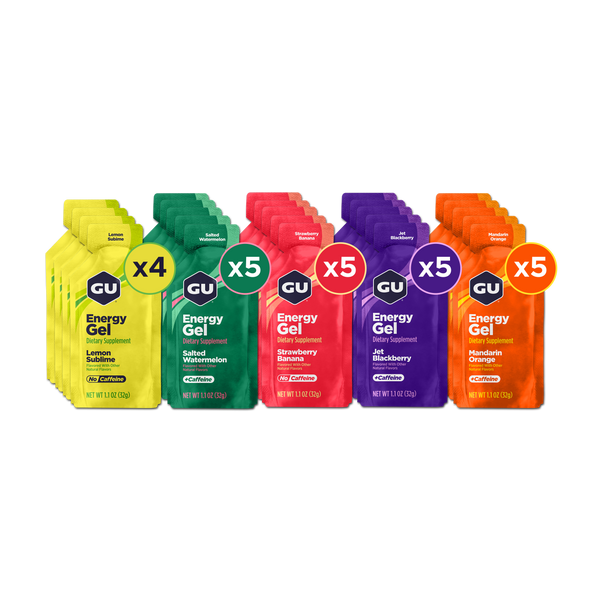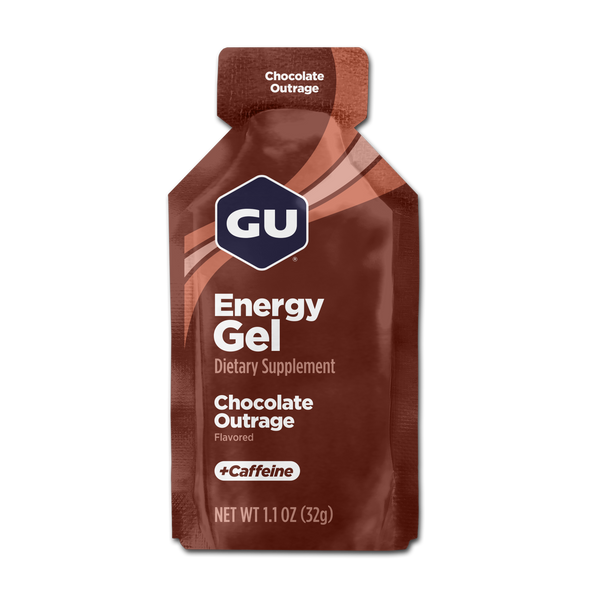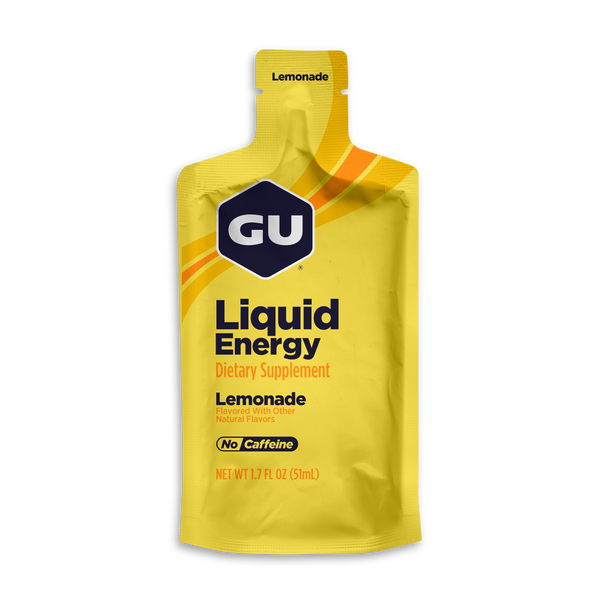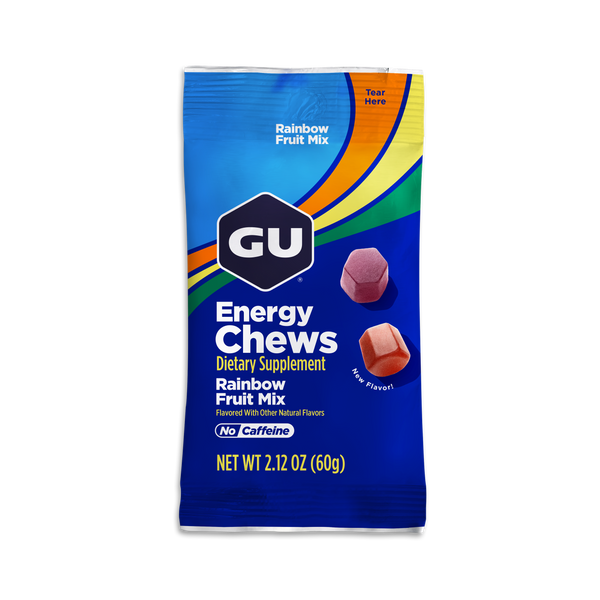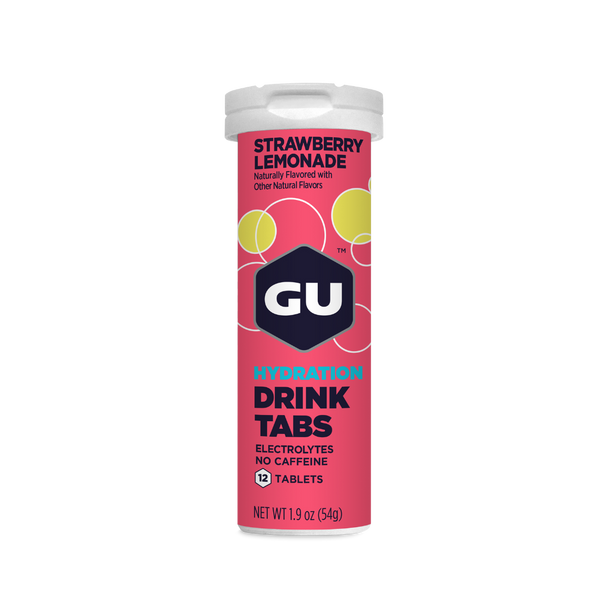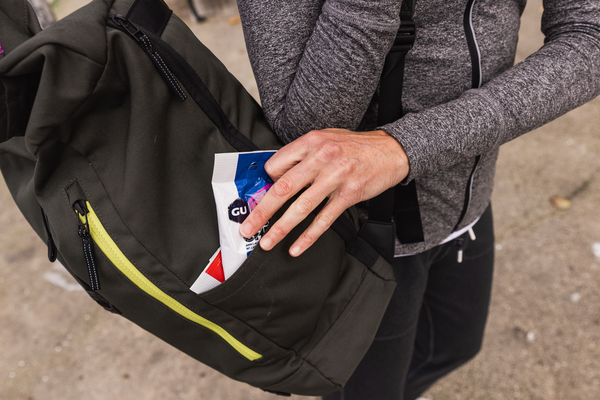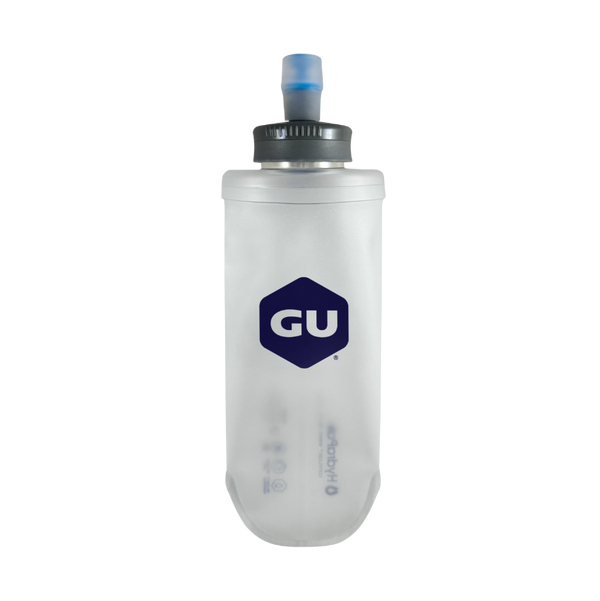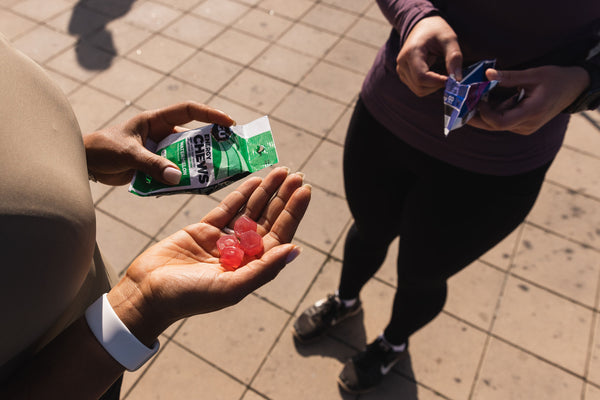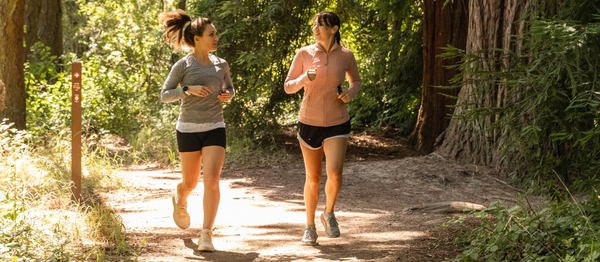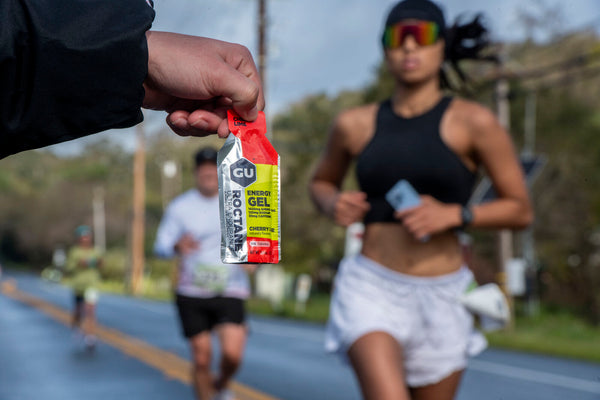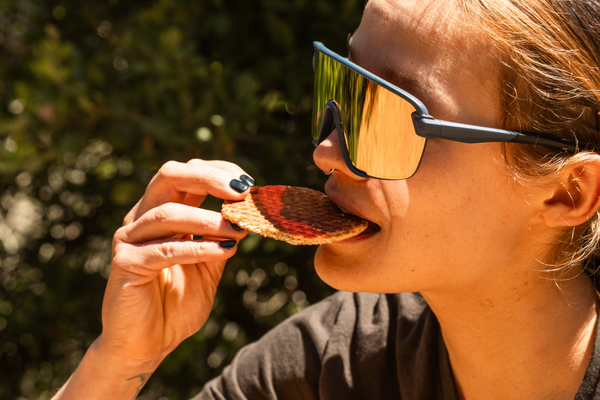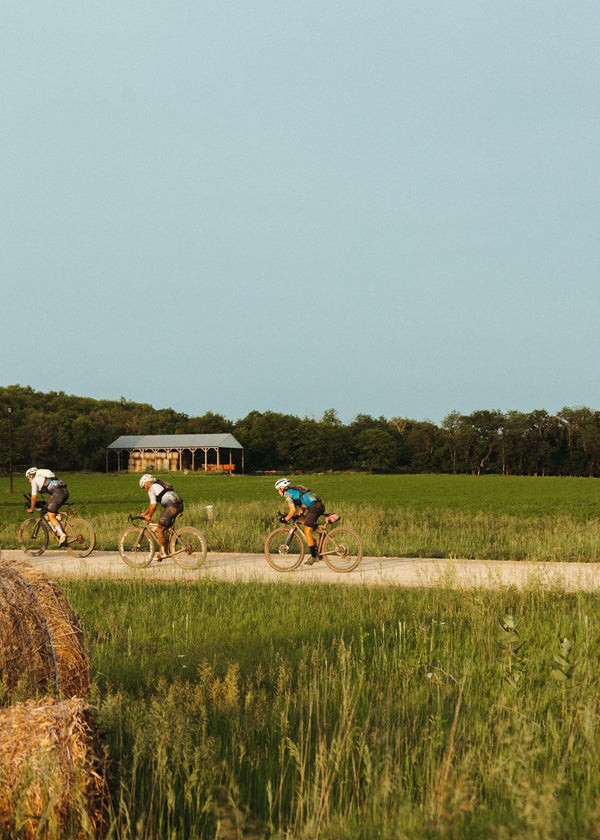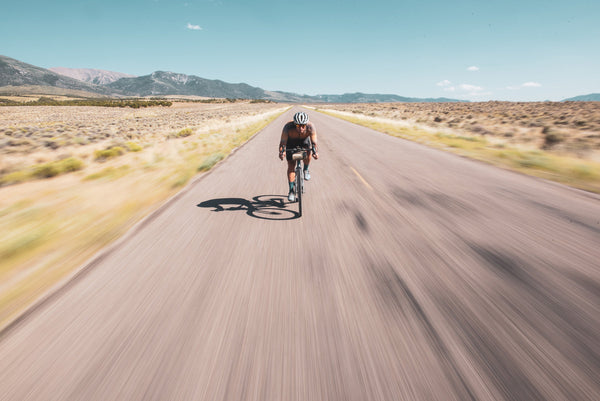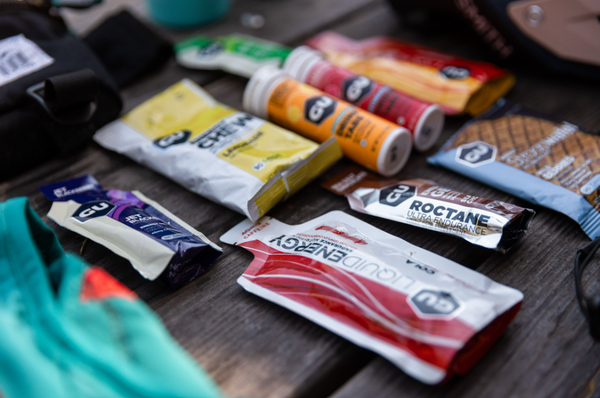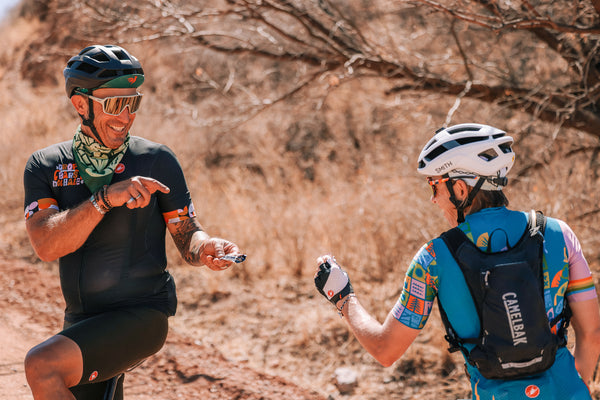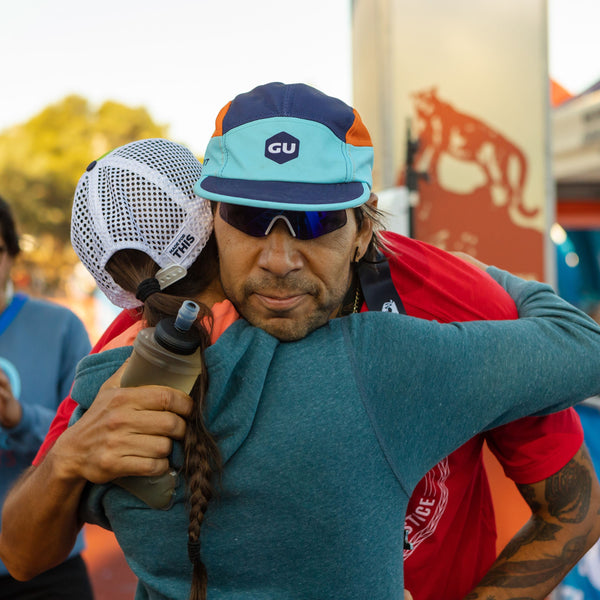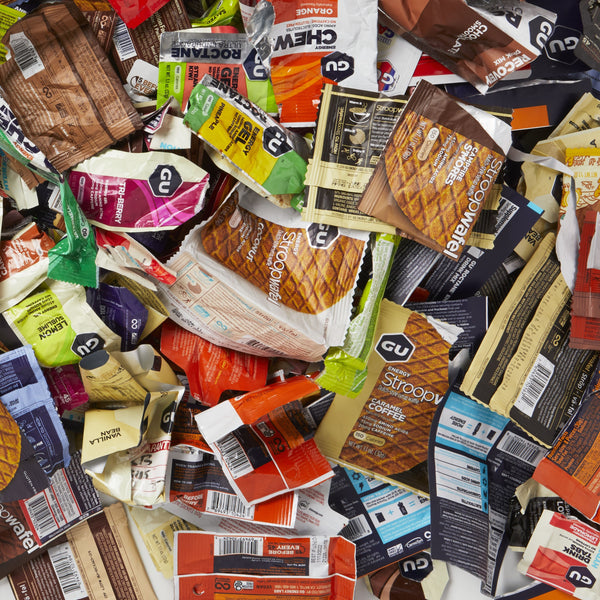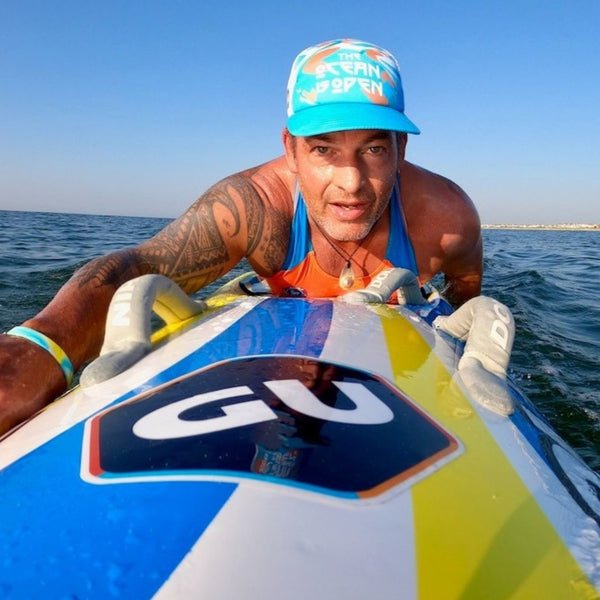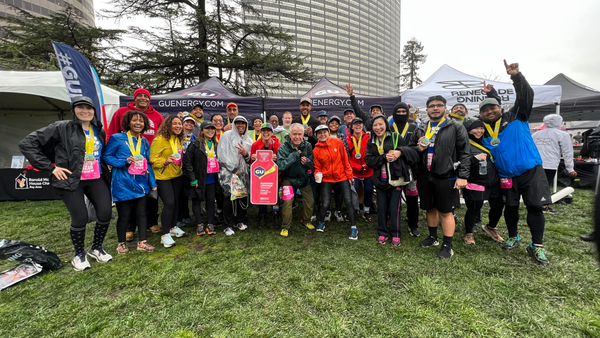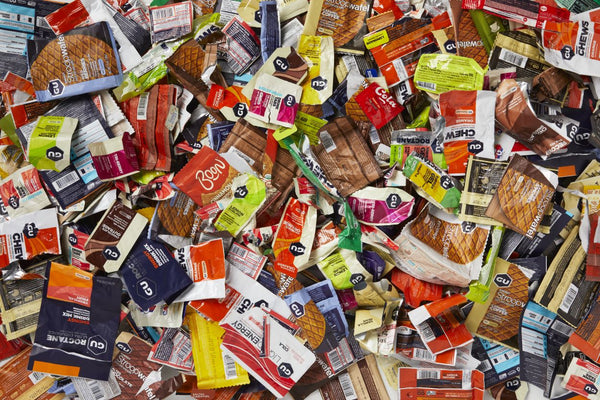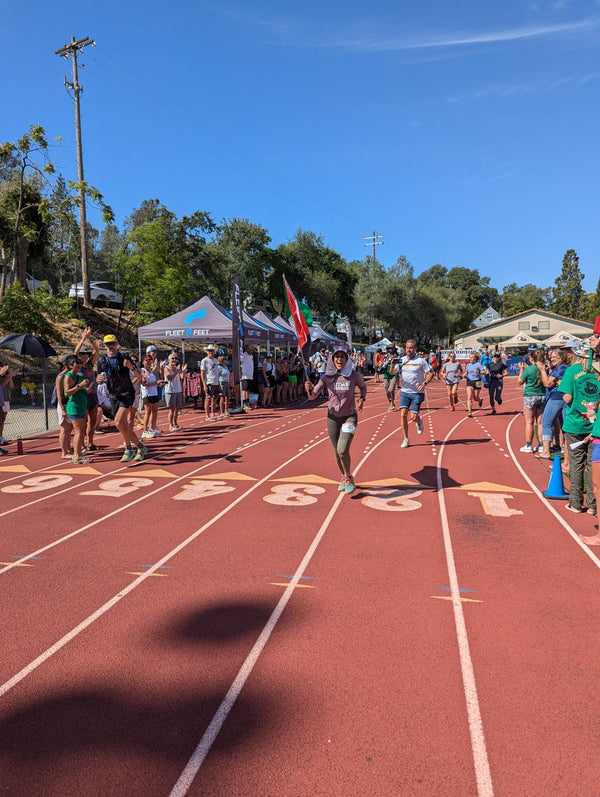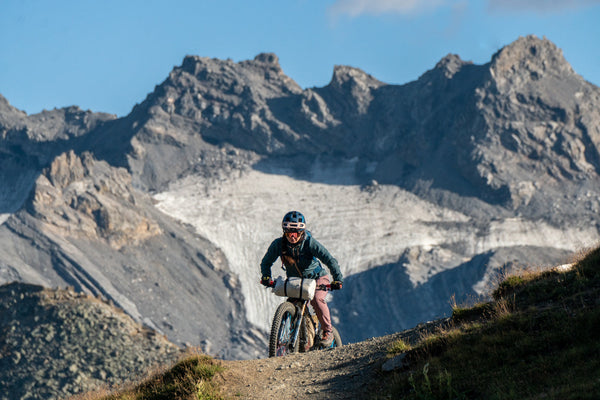14 minutes over 26.2 miles. That’s how much time Mirinda “Rinny” Carfrae had to make up when she started the final leg of the 2014 IRONMAN World Championship. It took running a 2:50 marathon, but she reeled in first place and kept pushing for the win.
We caught up with Rinny a few weeks before she returns to Kona to defend her title to ask her about her training, goals for 2015, and her nutrition plan.
GU Energy: What do your final weeks of preparation include? What types of training and workouts are most important leading up to your biggest race of the year?
Mirinda Carfrae: I always try to follow the same plan the final two weeks before Kona. I fly in two weeks and a day before the race to have a solid two weeks to acclimatize and focus on the last bits of work. The Saturday and Sunday after I arrive are long aerobic bike and run sessions (my last long sessions), followed by a few days of total rest. Then I still have a few key sessions, but no rides longer than three hours and no runs more than an hour and a quarter. The final hard efforts include a ride a week and a half out from race day (with an hour of hard effort), a run the next day (with 40 minutes hard), and a final short hit out on the Monday of race week. I do a few other aerobic sessions between those key efforts, but they’re just meant to keep the body moving.
GU: What’s special about Kona? Why do you like competing there?
MC: It’s a bit hard to put into words. I love competing period, and on the one hand it’s a race like any other race. But it’s completely different! I’ve had the best experiences of my athletic career in Kona – I mean seriously life-changing experiences, not only on the day but also with impact far into the future – so of course that makes it extra special for me. And I’ve also had some of the hardest and most challenging experiences there. I’m not one to love things that are easy, so all of Kona’s challenges – the crazy hot conditions, the over-the-top winds, the world-class competition – all of those things add up to an ideal race for me.
GU: Other than crossing the finish line first, do you set specific goals for race day?
MC: Yes, but not necessarily specific time goals. The most important thing for me is to perform to my absolute best ability – to give everything I possibly can on that one day. That’s honestly what I focus on during training and what I think about on race day, rather than thinking about winning. No doubt, I want to win! But that’s not where my mind goes. I focus on racing my own race and doing what I know I can do on the bike that is hopefully hard enough to stay in contention, but not so hard that my legs are destroyed for the marathon. I focus on giving my all in the context of putting together the best possible combination of swim, bike and run – and hopefully that’s enough to get me to the finish first.
Sometimes toward the end of the marathon, a particular time goal comes into focus. In 2013, my coach (Siri) was screaming at me to go for it because the course and marathon records were on the line – so I definitely had to keep pushing it right to the end. Last year, when I hit the top of Palani and knew my lead was safe, I checked my watch and I figured if I killed myself over that final stretch, I could break 2:50 on the marathon. But I just wanted to enjoy the crowds and the feeling and soak it all in – and so I did.
GU: How do you balance your training? As a strong runner, do you find yourself pulled towards running over swimming and cycling?
MC: Not necessarily. I do truly enjoy all three sports (well, maybe not my usual long Sunday afternoon swims!), and I think the variety and balance makes it easy to keep the passion alive across the board. As a naturally competitive person, I try to always push myself, so for that reason there are times that I’m even more drawn to swimming or cycling in order to improve. But I guess you could say I’m most confident in my run. I still have to work at it, though – talent is nothing without hard work!
How do you go about evaluating a performance? What has to happen during a race for you to be satisfied at the finish-line?
MC: After every race, Siri and I talk through all the different aspects: swim, bike, run, transitions, nutrition – everything. There are always areas for improvement, no matter how big or small, and no matter whether I’ve won or not. That’s really what drives me personally each new season, the idea that I can examine those things and work even harder and push my limits even more. You have to do that these days – the women’s ranks are so much stronger and more talented all the time, so if you let up on trying to improve, you’ll be shot out the back pretty quickly! So in that sense, as amazing as it feels to win a race, you can never take that feeling for granted or feel overly satisfied.
There are definitely races that feel better and more satisfying than others at the finish, though. And they’re not always the races that you win. Throughout the season I do several races to test myself and gauge my fitness at that point in the year. It’s great to get a win, but those races are more important in terms of putting the training into practice. Sometimes you might not perform quite where you think you should be, and then it’s back to the drawing board. Other times you hit it just right, and you know you’re on the right track. And sometimes you surprise yourself, and that’s honestly the most satisfying – when you hit a breakthrough that even you didn’t know you had in you. That’s a pretty special feeling.
GU: As you’ve grown as a competitor, how has your nutritional plan evolved? What’s the most important thing you’ve learned about nutrition over the years?
MC: Back in my ITU days, nutrition wasn’t really a factor. I mean I was a generally healthy eater, but I never gave much thought to race day nutrition (the races were so much shorter), or to general eating for performance and recovery. Once I stepped up to the longer distances, I realized pretty quickly that nutrition was now a huge component that I couldn’t ignore! I consulted with a nutritionist who helped me with a plan for both training and racing. Not too long after that is actually when I met the marketing manager at GU and got on board with your awesome gels, chews and drinks!
I learned a pretty important lesson – the hard way – in Kona 2012. At the start of the bike I lost one of my electrolyte/carbohydrate bottles. I didn’t realize it until around mile 10, and for whatever reason I just failed to calculate those lost calories and replace them with the products on course. That’s when I learned without a doubt that your nutrition on the bike has a direct impact on your performance on the run. The marathon was a sufferfest! I hung on for third but it was not pretty. I lost 10 pounds that day, and I’m only 118 to begin with!
GU: I’ve heard you like Pineapple Roctane Energy Gel. Is that still your go to GU during races?
MC: Yup! Love Pineapple.
GU: Tell us about how you handle nutrition, eating, and hydrating on the day of the race. What’s your strategy?
MC: My race day nutrition plan is always the same (since making that mistake in 2012!). After a light breakfast a few hours before the race start, I take a GU Energy Gel about 15-20 minutes before getting in the water. Once on the bike, I make sure to take in 75-80g of carbohydrate per hour (more GU Energy Gels and GU Roctane electrolyte drink), plus salt and plenty of water. Getting those key carbohydrates in from the very beginning on the bike is critical to making it through to the finish. On the run, I go more by feel than a specific formula. I carry two flasks filled with GU Roctane and I just sip on little bits all throughout the run. For fluids I take water and Coke – however much I can drink while continuing to run. I make sure to grab some from every aid station – Kona is a different level in terms of needing to stay hydrated!
